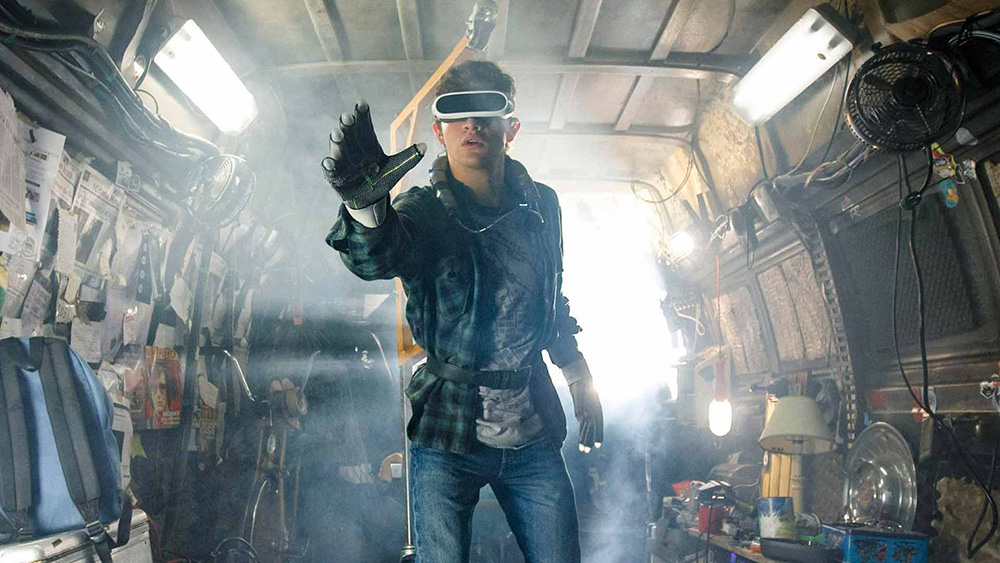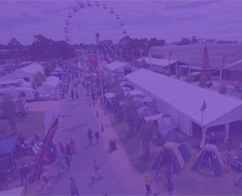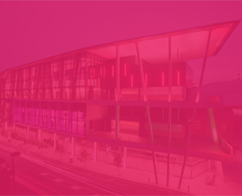
Sydney
June 22-23, 2024
Sydney Showground Olympic Park



Written by Nena Serafimovska
Who isn’t excited by the idea of throwing on a headset and being transported into another world? We’ve been living with the promise of obtainable virtual reality since the ‘90s, with Nintendo’s Virtual Boy, The Matrix, Caprica’s New Cap City, eXistenZ and more recently, Ready Player One. For years, VR has been the stuff of science fiction, but now with tech giants HTC, Sony, and Facebook creating their own headsets, and at a price tag that is more affordable, the VR revolution is finally here.
Here’s a look at five ways VR is shaping our future:
Arguably the industry already most affected by virtual reality, the boundaries of gaming are becoming limitless with this new avenue. Facebook’s Oculus Rift, Sony’s Playstation VR, and HTC’s Vive are already producing intense, immersive and impressive experiences that elevate gaming to a whole new level.
Top of the list is Oculus Rift’s The Climb, which allows multiple players to scale some of the most visually stunning and sublime rock climbing locations around the world. It’s a vital warning that if players suffer from a fear of heights in the real world it is no different in the world of VR. Graphics are extremely realistic, with improvement around the corner, ensuring gamers experience the same physiological reactions.
Playstation’s Resident Evil 7 has been branded the “most terrifying VR game on the market”, making it the ultimate experience for lovers of gore and horror. For fans of the post-apocalypse, Resident Evil 7 and Fall Out 4 are a perfect way to trap yourself in what is essentially a terrifyingly real house of horrors.
Virtual Reality is the go-to for film marketing nowadays with major releases like Ready Player One and Jurassic World: Fallen Kingdom stagging VR fan zones at special release nights and conventions. Supanova Sydney last month hosted the Jurassic World VR experience, which saw fans virtually enter the park and watch Blue and the mighty T-Rex battle it out in a 360-degree scenario. Interestingly, the majority of users, though obviously excited by the VR experience, approached it much like watching television – front facing, passive viewing, missing a lot of the action taking place behind them. It seems that audiences need time and exposure to learn how to experience 360-degree VR films, in order to get the most out of the new tech.
Facebook recently purchased the Oculus Rift with the intention of innovating the way we experience film. Given that Zuckerberg is behind the wheel it is likely that audiences will see the film industry transform in the coming years, however, it would be interesting to see VR integrated into services like Netflix.
We are living through an innovative age of television with shows such as Game Of Thrones, Stranger Things and The Handmaid’s Tale providing a more cinematic approach to the small screen. This opens up scope into possibly using VR for special episodes, where viewers can fully immerse themselves in those worlds!
Students around Australia are already experiencing the VR revolution. The University of Sydney has the largest Immersive Learning Lab in Australia with 26 Oculus Rift headsets being used to explore everything from the solar system and night sky, to villages in Niger in order to learn how to apply engineering skills to complex humanitarian problems.
Students can now take a walk through history rather than read about it, practice surgery before stepping up to the operating table, or investigate a real crime scene before graduating. VR is the future of experience-based learning that makes education fun and more engaging.
An industry that can be improved by the expertise of virtual reality is societal welfare. Diseases and conditions such as PTSD, phobias, dementia, and isolation can be aided with the introduction of VR. Many families experience a disconnect from having a grandparent in a nursing home or in a remote location due to illness. VR means families can meet in a virtual space where and enjoy company and activities like any normal reality without VR. Having a VR headset could also allow audiences to escape to a favourite New York museum, a spot by the beach and even helping curb the cabin fever and isolation that are bound to set in after months in space.
Psychologists are already using VR to help people deal with all sorts of phobias such as flying, open spaces, birds, heights and public speaking. Virtual Reality is a safe environment, although heart-thuddingly realistic, in which the world can face its fears and live an improved reality.
Nothing creates empathy better than being able to put yourself in someone else’s shoes, or in the case of VR, someone else’s world. Journalism has a lot to benefit from with the introduction of VR reporting. By immersing audiences into foreign environments such as Syria and Raqqa or finding communities alone in the bombed out shell of what was once a thriving city could connect the world in a more empathetic nature, providing a more grounded understanding toward those who feel disconnected from important issues.
The UN recently launched Clouds Over Sidra, a VR documentary film about 12-year-old Syrian refugee Sidra, now living in the Za’atari camp in Jordan, which allows the viewer to insert themselves into that world and see what life is like for Sidra, as viewers and Sidra both attend a makeshift school and walk through the muddy encampment. It’s deeply moving storytelling that’s easily adaptable to what society views on the news every night.






